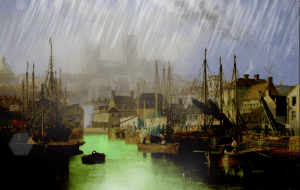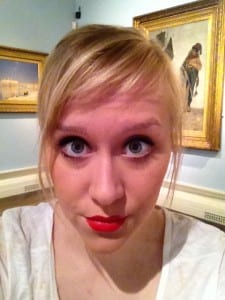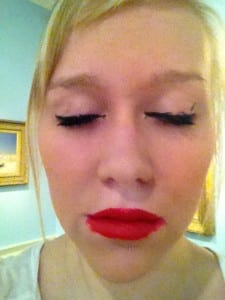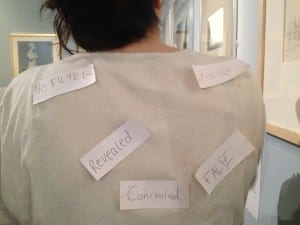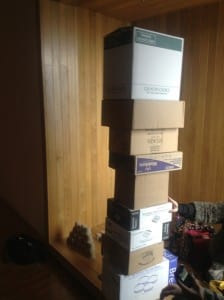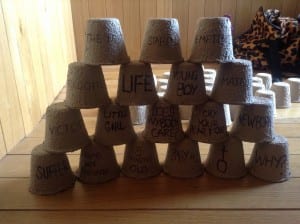Multimedia or video is being more widely used as an art form. As Lori Zippay says in Artists’ Video, “Video may be the emblematic art – making form for the late twentieth century” (1991 p3). And now in the early twenty-first century a media form that is still greatly used if not more. You need only to step from the room our performance is in, to see two video art pieces. Hopefully our video, along with our ‘Instagram’ pictures, and now our Instagram pictures of the Venus de Milo, will hopefully make this connection and enlighten the public. Would this add to the culture of Lincoln? Zippay states that the result of a video in an artistic context is “a singularly dynamic engagement with issues of subjectivity, culture and image making” (Zippay 1991 p3). This is exactly what we hope to achieve by having this video on-going through our performance.
Usually video is associated with contemporary art but would it make a difference having a video in a less contemporary environment highlighting some core art values?
All art is idealised. It is painted or drawn to make a ‘copy’ of the original, sometimes or rather more likely with artistic merit. With the Brayford painting the information by the side of the painting said that it had been idealised. So, no, the swans weren’t swimming exactly there and they may well have not been a lovely artistic mist consuming the cathedral in the distance. It may not have even been a bright day. Therefore, the reason behind the video is to transform form this image:

To this:
This will hopefully make our audience think, or make them aware of this idealistic approach to art.
However as we said before, this very painting was removed and the gallery where the performance will be based has been changed. However the replacement paintings as stated before couldn’t be more relevant. They are copies or ‘idealised drawings’ of the Venus de Milo by a local Lincolnshire artist born at around the same time as the Brayford Pool and Cathedral painting was produced.
Hopefully this collaboration between our live art and the video can enlighten the audience.
“museums are invested in challenging those heretofore unexamined principles of organization, shifting from display to experience and inviting a more collaborative process with visitors.” (Bennett p4, 2013). And indeed galleries. Especially the Usher. This point here by Bennett really grounds where our inspiration comes from. Why sit back and just enjoy art? Let’s make everyone think about what they are looking at and what it means. There is even another provocation as to what people would think by having that picture back in the gallery when it has been removed for so long.
Works cited
Bennett, Susan (2013) Theatre and Museums, Basingstoke: Palgrave Macmillan
Zippay, Lori et al. (1991) Artists’ Video: An international guide, New York: Abbeville Press, Inc.
